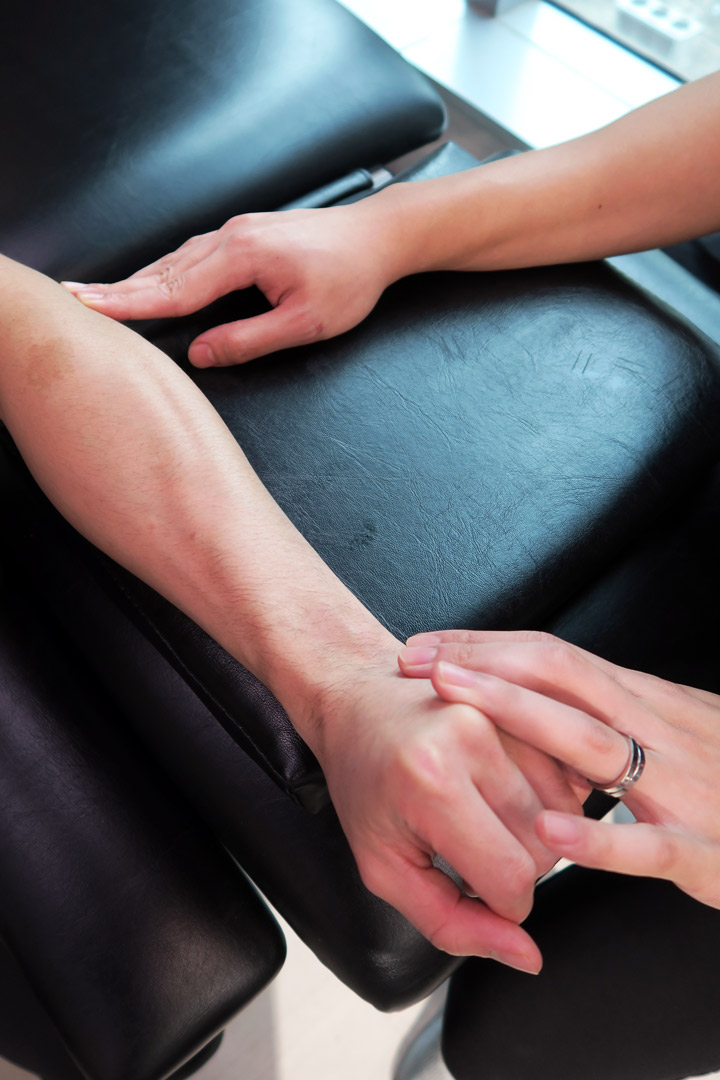Common Conditions
De Quervain's Syndrome
Symptoms, Common Causes and Treatments
De Quervain's Syndrome, also known as De Quervain's Tenosynovitis, is a condition caused by inflammation of the tendons located on the thumb side of the wrist. It typically affects the abductor pollicis longus (APL) and extensor pollicis brevis (EPB) tendons. This inflammation can result in pain, swelling, and difficulty in thumb and wrist movements, especially when grasping and holding heavy objects.
Understanding The Causes of De Quervain's Syndrome
The primary cause of De Quervain's Syndrome is repetitive strain or overuse of the wrist and thumb. It is common among individuals who frequently perform activities such as lifting, gripping, or wringing. Factors such as hormonal changes (e.g., during pregnancy or postpartum), direct trauma to the wrist, and inflammatory conditions like rheumatoid arthritis can also increase the risk of developing this condition. Parents of newborn infants are also more susceptible to developing this condition due to repetitive or prolonged lifting.
Signs and Symptoms of De Quervain's Syndrome
- Pain and tenderness on the thumb side of the wrist, often radiating up the forearm.
- Swelling near the base of the thumb.
- Difficulty gripping objects or performing thumb movements.
- A clicking sensation during thumb motion.
- Increased pain during activities such as twisting or pinching.
- Positive Finkelstein test (pain when the thumb is bent into the palm and the wrist is tilted toward the little finger).

